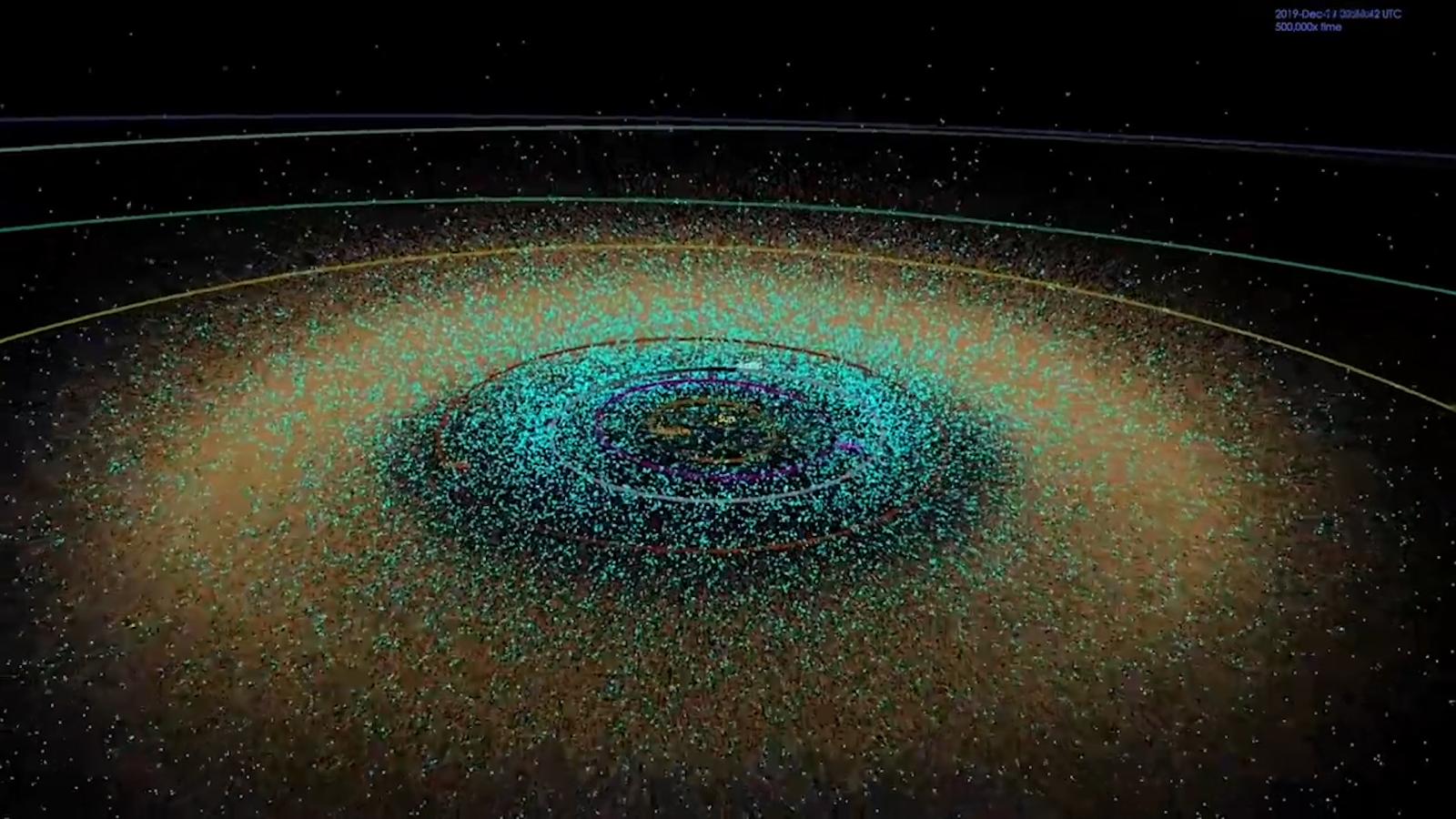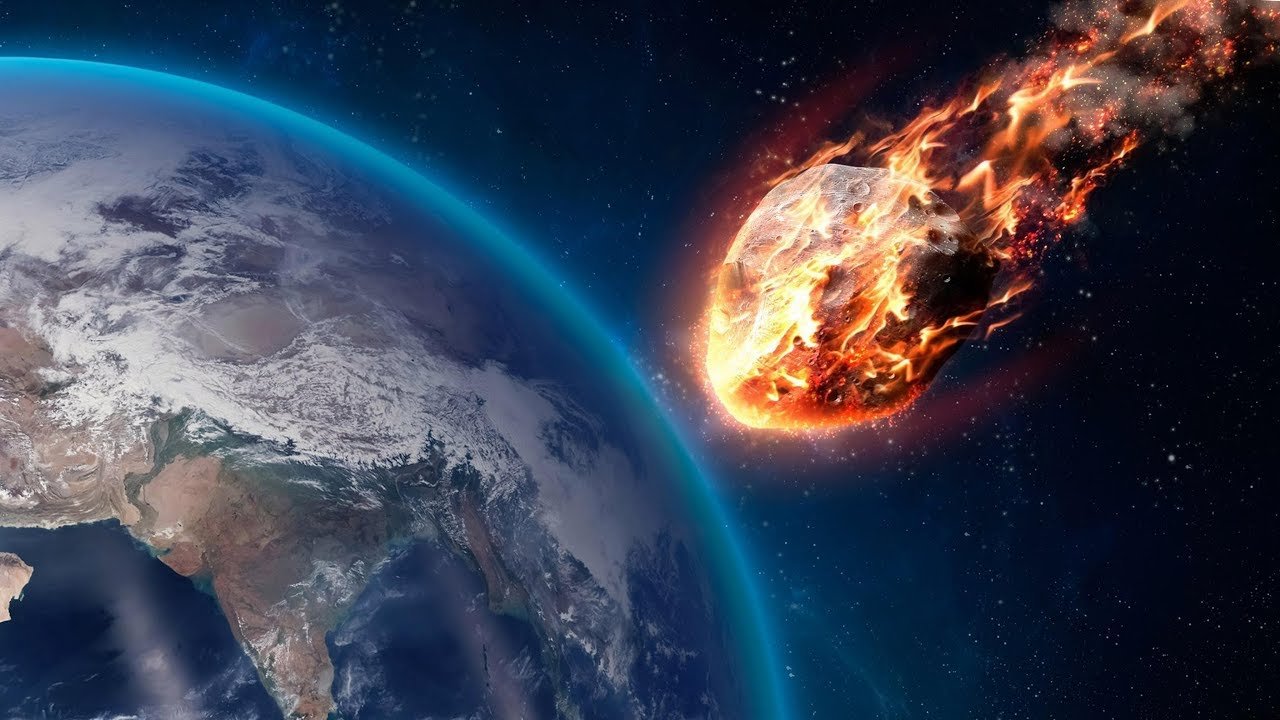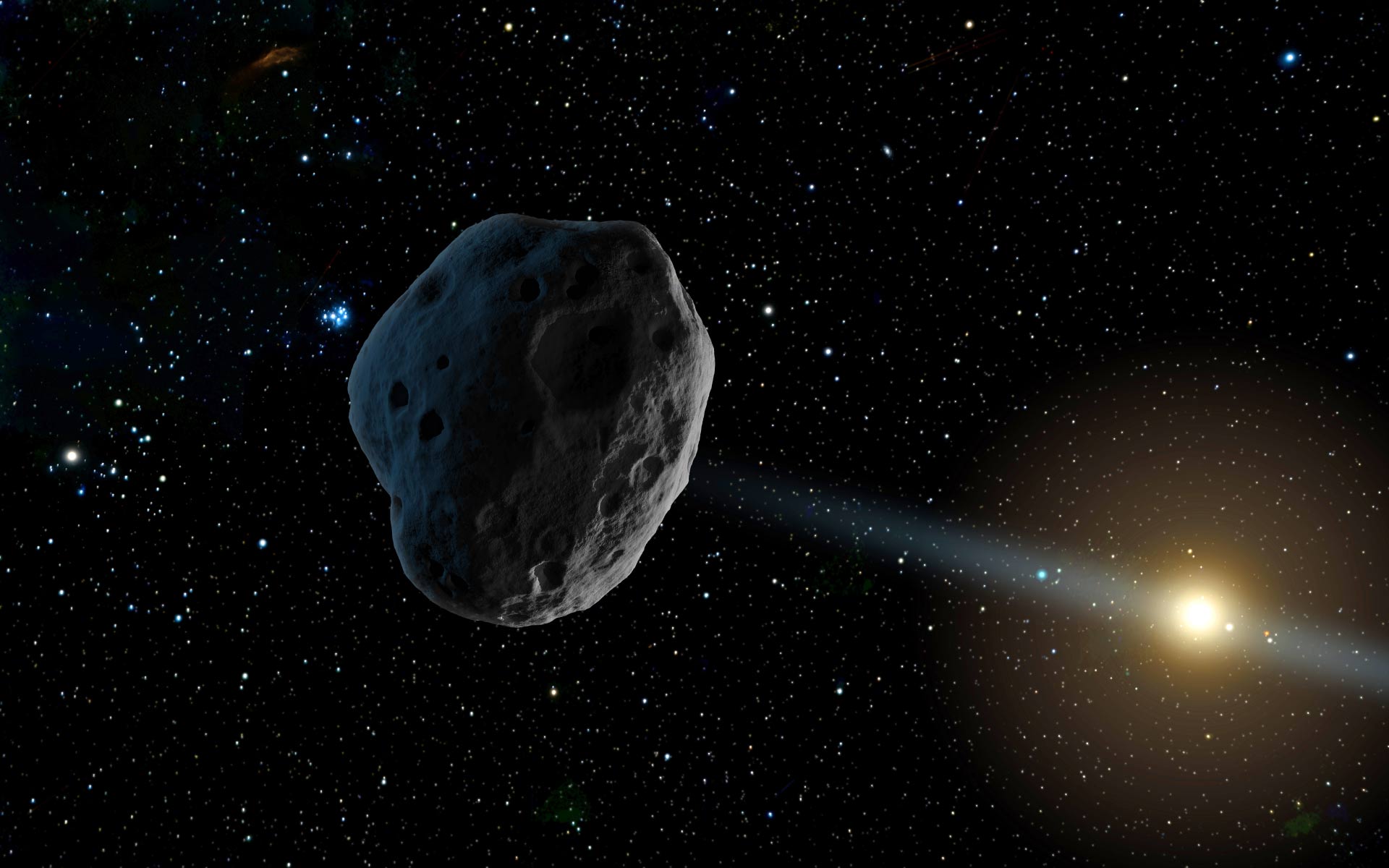Near Earth Objects are asteroids orbiting in close proximity to our planet.
The “danger from outer space” has become a cult classic in science-fiction movies. Unsurprisingly, the risk of an asteroid crash found its way even in the most alarming doomsday conspiracy theories of the last few years. Millennials may remember all the hype surrounding the “Maya prophecy” in 2012 when it was rumored that a rogue asteroid would have impacted full-force against Earth, bringing forth the downfall of all communication systems as well as a terrific toll in terms of human lives lost. Allegedly, the prophecy was supposed to hint at a forthcoming End of the World as we know it.
Alas, it wouldn’t be the first time an asteroid crashes on Earth – as scientists agree almost wholeheartedly about a Near Earth Object having been the cathalyst for the extinction of dinosaur life on the planet.
But how many asteroids truly “surround” our planet? And is there any concrete risk that a “space rock” may hit us – with unforeseeable but momentous consequences?
Near Earth Objects, cosa dice l’astronomia
As we have seen, asteroids orbiting in the proximity of our planets are scientifically known as Near Earth Objects or NEO. But a NEO may not just be an asteroid; the term applies to comets just as well.
Astronomers are constantly monitoring NEO activity in order to predict with ample forewarning whether an asteroid may collide with Earth and its eventual consequences.

Near Earth Objects are drawn to Earth’s gravitational field, the same way a piece of iron is drawn to a magnet.
Hence their original trajectory may be altered and, if the gravitational pull is too strong, the asteroid may crash past Earth’s atmosphere.
Asteroids and comets are courtsigned by two different acronyms – respectively NEC (Near Earth Comets) and NEA (Near Earth Asteroids).
Yet the NEA orbiting around Earth are far more numerous than most people would assume. The latest analysis pins down the number of NEA bodies surrounding Earth to a stunning 4700 units – of which only a 20% is currently known to scientist and monitored.
Un asteroide potrebbe distruggere la Terra?
To the light of these stats is it legit to dread a collision between Earth and a Near Earth Object? How likely would such an occurrence be and what can science do to prevent the danger?
NEA objects – that would be, asteroids orbiting around Earth – are classified by astronomers on a threat scale. Potentially Hazardous Objects – PHO – are monitored almost nonstop and the subject of complex simulations, as the impact of a PHO in the Earth’s orbit may indeed turn out to be problematic.
The most dangerous aspects of these asteroids is represented by their size. Over a certain weight and mass, even breaking through atmosphere would not be enough to disintegrate them – as often happens with smaller asteroids.

Both the European Space Agency and NASA have set up parallel surveillance programs monitoring the activity of Near Earth Objects. The purpose is to evaluate the risk factor through a series of computer simulations and analysis, so as to identify way ahead of time any possible threat fo our planet.
NASA launhed the Near Earth Objects Observation program, which is scheduled to activate a protocol named Don Quixote should an asteroid come into crashing course. Two space probes, Hidalgo and Sancho, will thus deflect the asteroid from our planet’s orbit, avoiding worse consequences.
The European Space Agency is also heading in a similar direction with its NEODys program. Both agencies are aiming at a common ourse of actions to counter the menace of approaching asteroids before the latter can effectively translate into a concrete danger.
L’asteroide “gigante” che ha salutato la Terra a Settembre
The most recent case of a Near Earth Object approaching Earth dates back to only a few days ago – on September 6th, 2020. A huge asteroid brushed very close to Earth, but far enough to not be drawn into the magnetic field of our planet.
Asteroid 465824 (2010 FR) roused some concerns at first because of its massive size, measuring about twice the depth and weight as the Great Pyramid of Gizah.
Fortunately this “cosmic giant” did not pose a risk for out planet. The same could not be told for an asteroid spotted later this August, but whose course did not interject our atmosphere – albeit very narrowly so. The asteroid went unnoticed by the space stations and orbiting telescopes.
On Sunday, August 16th 2020, the sport car-sized asteroid brushed past our planets at a starting 2950 km from Earth. Its trajectory was, however, obscured by the Sun. Scientists were only able to detect the Near Earth Objective after it moved past us – fortunately leaving Earth unscathed.
The study of Near Earth Objects represents one of the greatest challenges of astronomy and a fervent ground for research.
This post is also available in:

